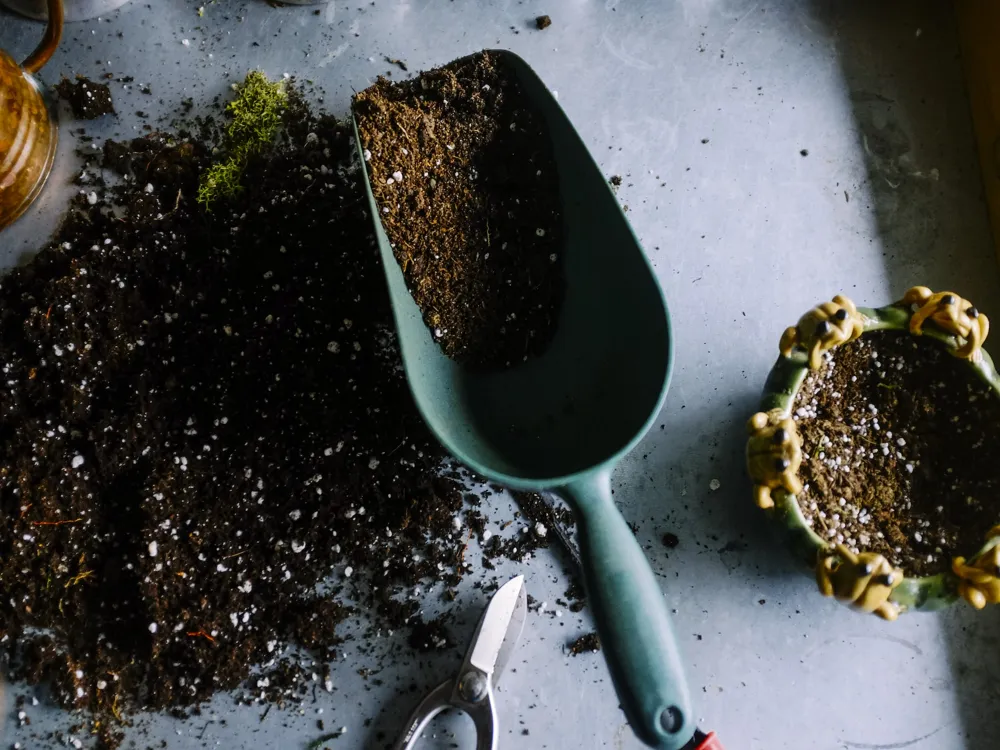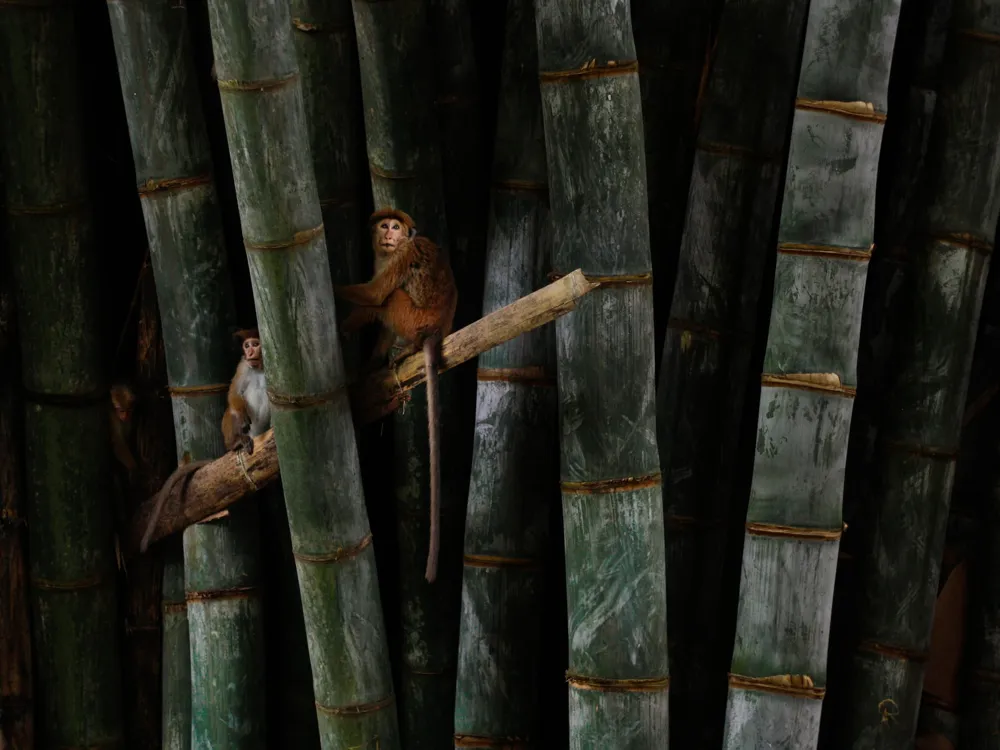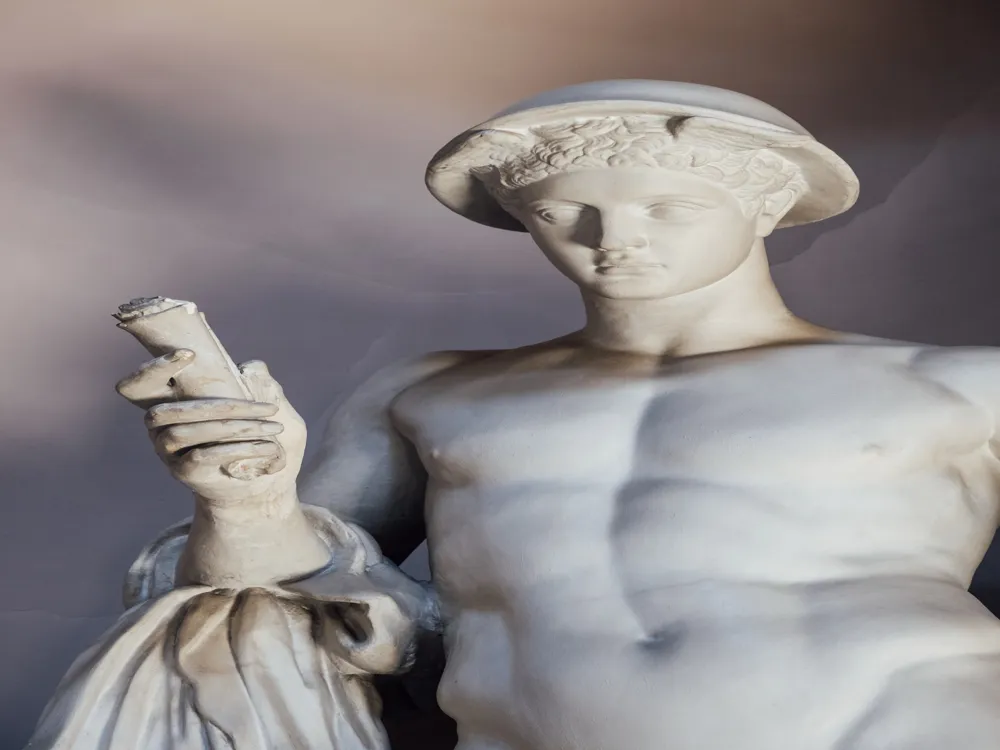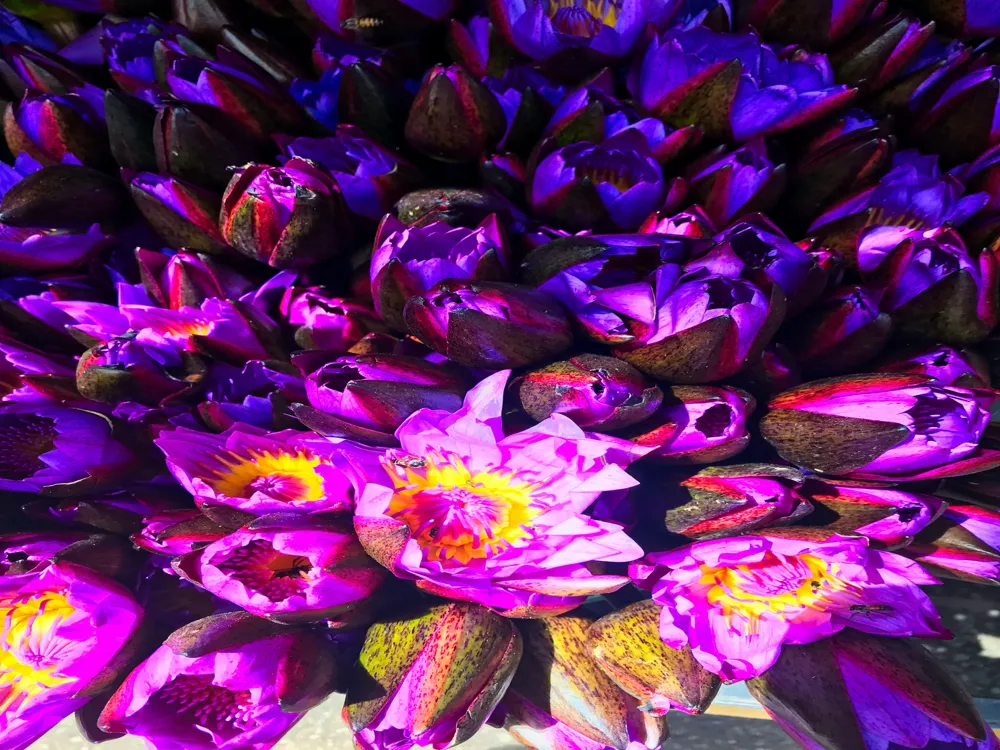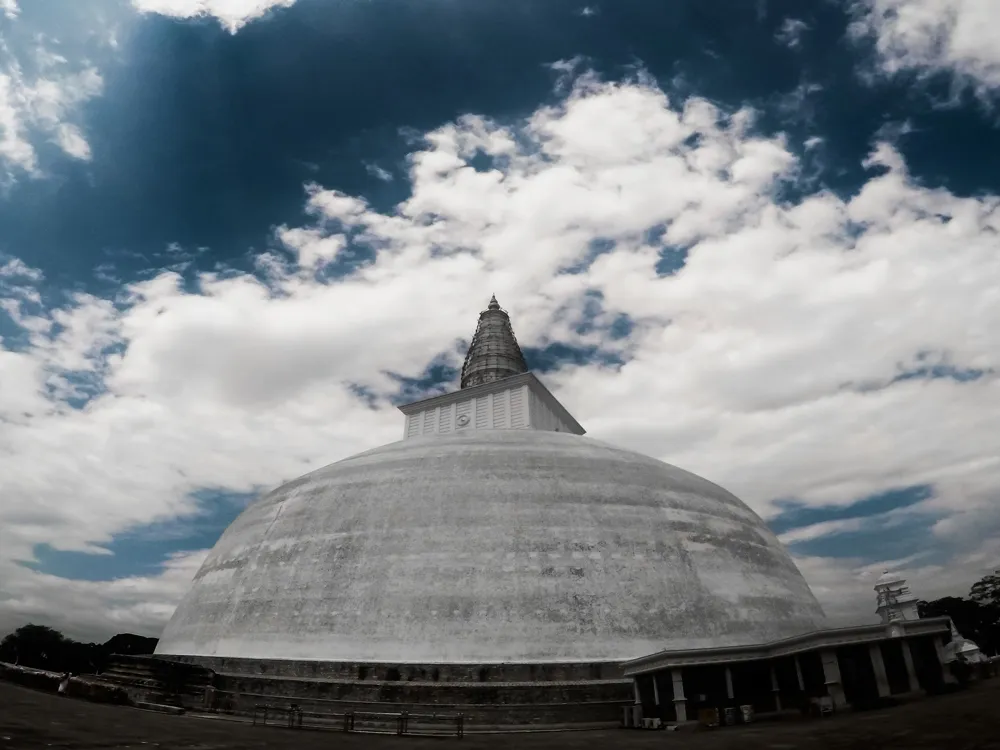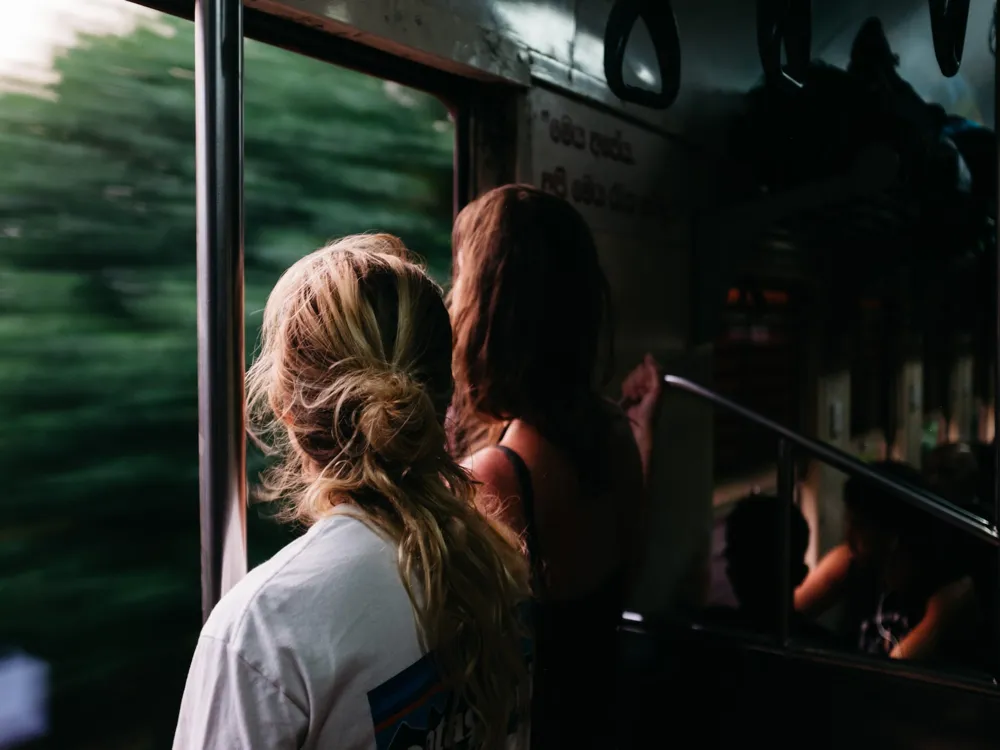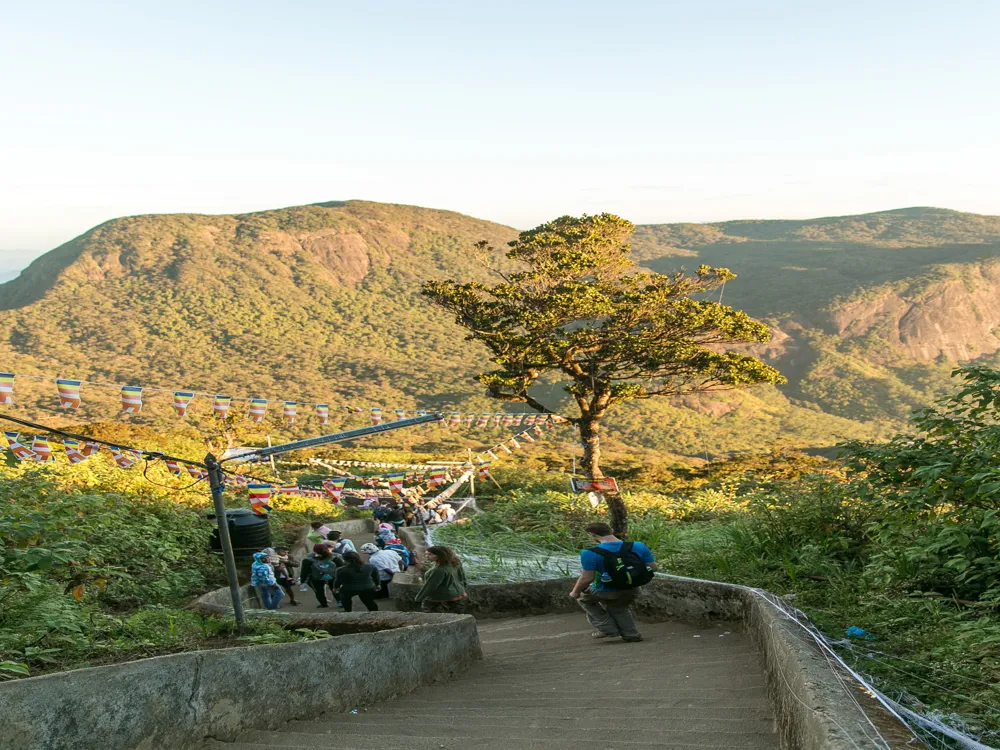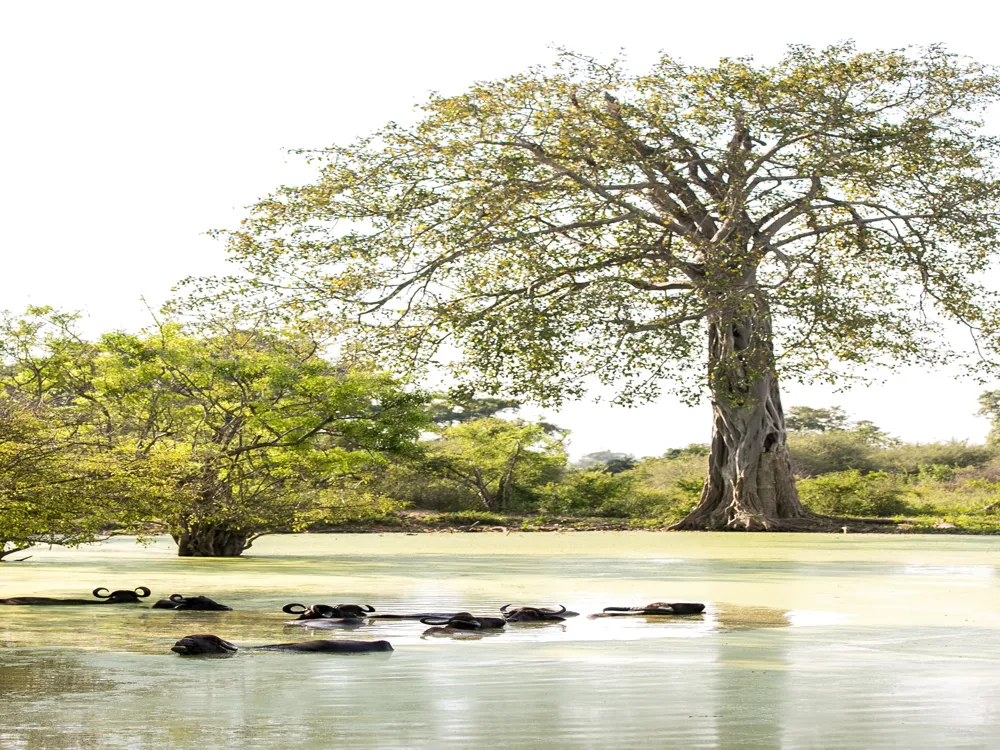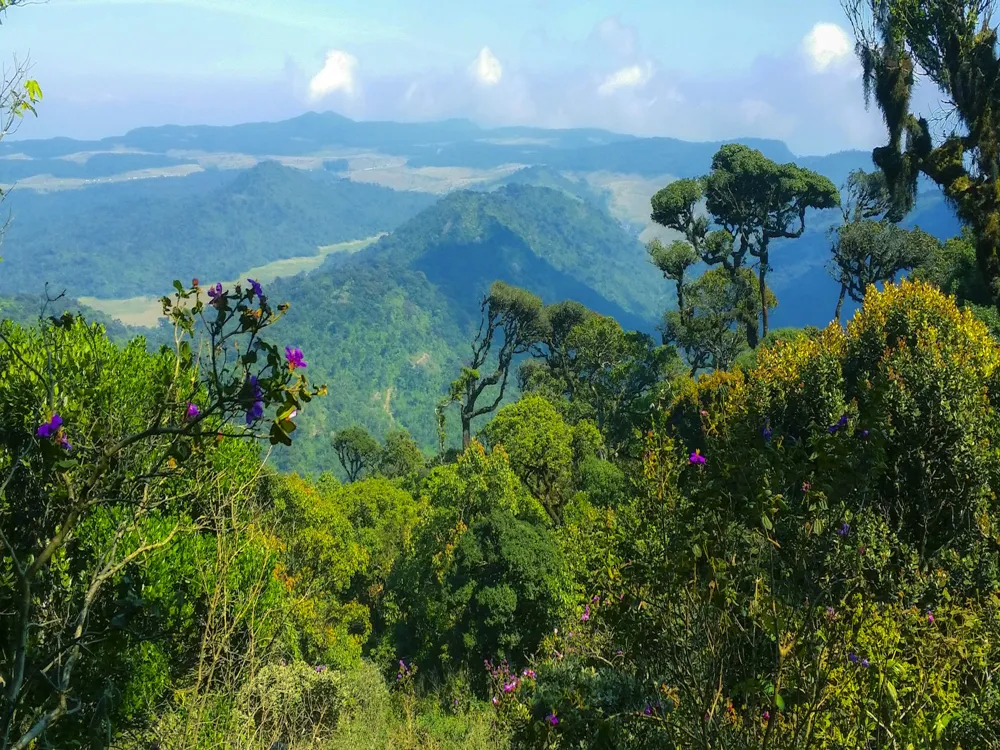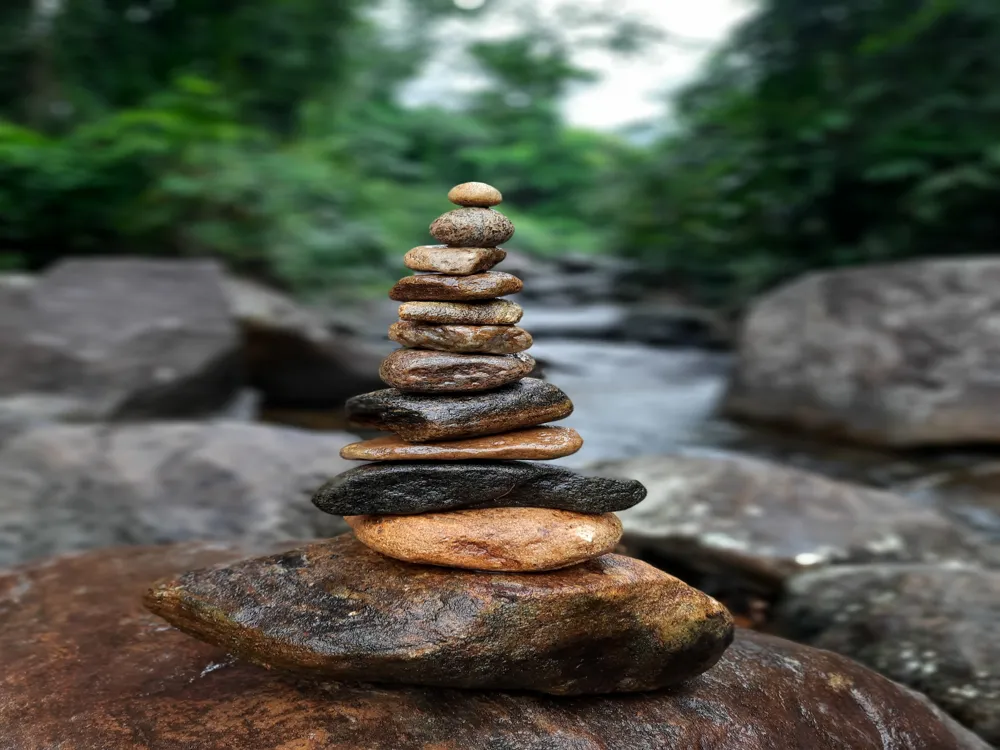Nestled in the heart of Sri Lanka, in Maduru Oya National Park, Kandy is a hidden gem that offers a unique blend of natural beauty and rich history. Established in 1983 under the Mahaweli Development Project, this park spans over 58,850 hectares, serving as a sanctuary for wildlife and a testament to ancient civilizations. Its diverse ecosystems, ranging from tropical forests to open grasslands, provide a haven for many species, including the elusive Sri Lankan elephant, leopards, sloth bears, and a plethora of bird species. The park's historical significance is highlighted by the presence of ancient relics dating back to the periods of the Sinhalese kings. These include the ruins of Buddhist monasteries, statues, and the famous Sorabora Wewa - an ancient reservoir. The combination of its rich biodiversity and archaeological importance makes Maduru Oya National Park a fascinating destination for nature enthusiasts and history buffs alike. The park's geography is dominated by the Maduru Oya Reservoir, which plays a crucial role in supporting the local ecosystems. The reservoir's waters are a lifeline for the animals during dry seasons and also support a variety of aquatic life. The park's terrain is varied, with rocky outcrops, scrublands, and dense forests, offering a mosaic of habitats that contribute to its ecological diversity. Visitors to Maduru Oya National Park can expect an immersive experience, with opportunities to witness wildlife in their natural habitat, explore ancient ruins, and enjoy the serene beauty of the Sri Lankan wilderness. Whether you're a wildlife photographer, a history enthusiast, or simply seeking an adventure in nature, Maduru Oya National Park promises an unforgettable experience. The architecture of Maduru Oya National Park is a harmonious blend of natural landscapes and ancient engineering marvels. The park is a testament to the ingenuity of early Sri Lankan civilizations, particularly in their mastery of water management, which is evident in the ancient reservoirs and irrigation systems scattered throughout the area. The centerpiece of this architectural heritage is the Maduru Oya Dam, an impressive construction that forms the Maduru Oya Reservoir. The dam and reservoir are prime examples of ancient Sri Lankan engineering skills, showcasing their ability to harness and manage water resources in a sustainable and efficient manner. These structures not only support the park's ecosystems but also serve as a crucial resource for surrounding communities. Other significant architectural features include the ruins of Buddhist monasteries and stupas, which provide a glimpse into the religious and cultural life of ancient Sri Lankan societies. These structures, some of which date back to the 2nd century BC, are adorned with intricate carvings and sculptures, reflecting the artistic prowess of the era. The park also houses remnants of ancient settlements, indicating a sophisticated level of urban planning and construction. These include the remains of houses, public buildings, and complex irrigation channels, all of which paint a picture of a highly organized and advanced civilization. The architecture of Maduru Oya National Park is not only a showcase of historical significance but also serves as a living classroom for understanding the relationship between ancient human civilizations and their environment. It offers a unique opportunity for visitors to learn about the advanced techniques used by ancient Sri Lankans in harmony with nature, and how these practices can be applied to modern-day environmental conservation efforts. The ideal time to visit Maduru Oya National Park is during the dry season, from November to March, when wildlife is more visible and the weather is more conducive for exploration. Always maintain a safe distance from wild animals, especially elephants. Never attempt to feed or provoke them, and always follow the guidelines provided by park rangers. Consider booking a guided tour to enhance your experience. Knowledgeable guides can provide insights into the park's history, flora, and fauna, making your visit more informative and enjoyable. Bring essentials like water, snacks, sunscreen, insect repellent, and a hat. Wear comfortable clothing and sturdy footwear suitable for walking in the wilderness. For wildlife photography, bring a good quality camera with a zoom lens. Be patient and silent to increase your chances of capturing the park's stunning wildlife and landscapes. Maduru Oya National Park is accessible from several major cities in Sri Lanka. The most common route is from Colombo, which is approximately 300 km away. Visitors can travel by car or bus to the city of Mahiyanganaya and from there take a taxi or a local bus to the park. For those seeking a more scenic route, a drive through the Central Highlands offers breathtaking views and an opportunity to experience the diverse landscapes of Sri Lanka. Additionally, domestic flights to nearby airports followed by a short drive can be an alternative for those preferring a quicker journey. Read MoreOverview of Maduru Oya National Park, Kandy
architecture of Maduru Oya National Park
Tips When Visiting Maduru Oya National Park
Best Time to Visit
Wildlife Safety
Guided Tours
Essentials to Bring
Photography Tips
How To Reach Maduru Oya National Park
Maduru Oya National Park
Kandy
₹ 13,368 onwards
View kandy Packages
Weather :
Tags : National Park
Timings : 6:00 AM - 6:00 PM
Time Required : March to September
Entry Fee : Locals: approx. LKR 400, Foreigners: approx. LKR 3000
Planning a Trip? Ask Your Question
Kandy Travel Packages
View All Packages For Kandy
Top Hotel Collections for Kandy

Private Pool

Luxury Hotels

5-Star Hotels

Pet Friendly
Top Hotels Near Kandy
Other Top Ranking Places In Kandy
View All Places To Visit In kandy
View kandy Packages
Weather :
Tags : National Park
Timings : 6:00 AM - 6:00 PM
Time Required : March to September
Entry Fee : Locals: approx. LKR 400, Foreigners: approx. LKR 3000
Planning a Trip? Ask Your Question
Kandy Travel Packages
View All Packages For Kandy
Top Hotel Collections for Kandy

Private Pool

Luxury Hotels

5-Star Hotels

Pet Friendly







